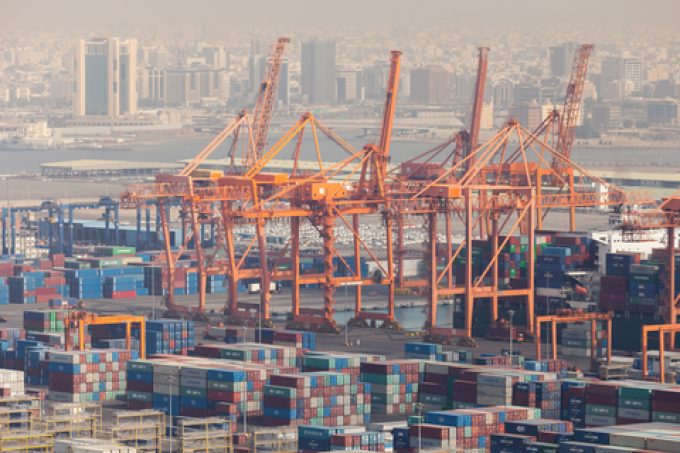Temporary tariff relief brings on early transpacific peak season
The container peak season on the transpacific trade could start as early as today – ...

The Saudi Arabian hub port of Jeddah is reporting a two-thirds drop in calls from the top ten carriers, as re-routing vessels on Asia-European routes add 5,800 nautical miles to the journey of each container, pushing up CO2 emissions.
Calls at Jeddah by the top carriers were down 67%, with the port now handling shuttle services plying the Suez Canal that need not venture far into the Red Sea, or through the Bab-el-Mandeb strait.
Vessel sizes now average 5,600 teu, versus the ...
Amazon pushes into LTL for small package fulfilment and UPS does a u-turn
New senior management for DSV as it readies for DB Schenker takeover
Volumes set to 'fall off a cliff' as US firms hit the brakes on sourcing and bookings
Asian exporters scramble for ships and boxes to beat 90-day tariff pause
Temporary tariff relief brings on early transpacific peak season
'Tariff madness' will prompt renegotiation of ocean shipping contracts
Response to tariffs by Chinese importers may see extra costs for US shippers
Forwarders 'allowing the fox into the chicken run' by supporting 'hungry' carriers

Comment on this article